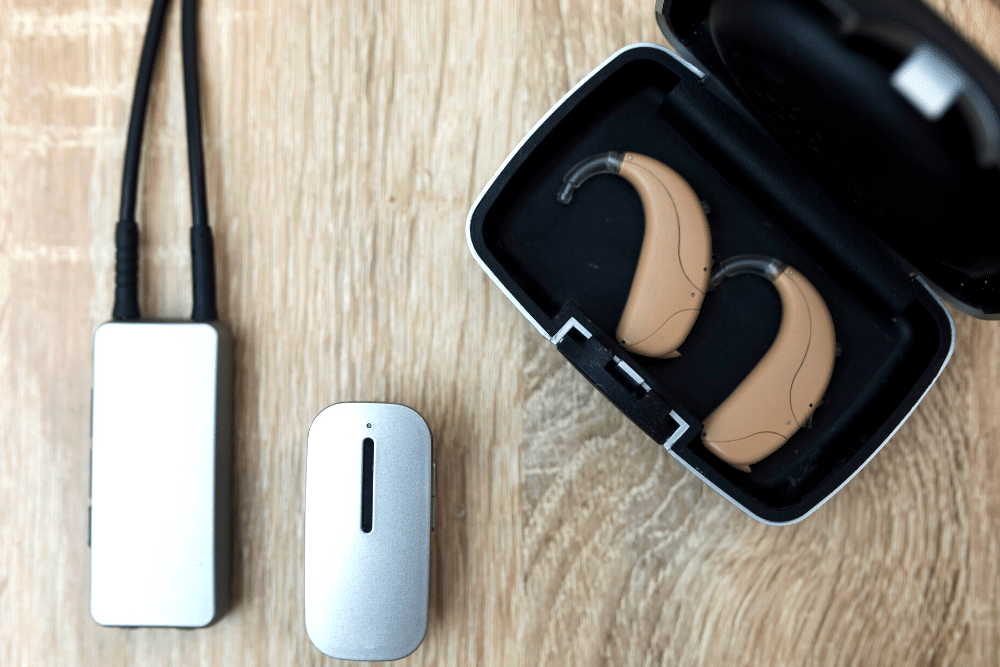What is an Assistive Technologist? (And how do I become one?)
The demand for high-tech alternatives for at-home care is rising, and with this the need for local smart home integrators. AV expert Paul Skelton delves into Austalia's need for more of these specialist integrators and what the job involves.
Article written by Paul Skelton
About 4.3 million Australians live with a disability, 32% being assessed as ‘severe’ or ‘profound’, according to the Australian Institute of Health and Welfare.
In 2016-17 the national, state and territory governments spent $7.8 billion on disability support services. However, the availability of support services is seriously lagging behind demand, so more people with disabilities and their carers are looking for high-tech alternatives for at-home care.
For many, their first port of call is the local smart home integrator.
UK-based Paul Doyle has worked in the field of assistive technology since 1995. He is a council member of the British Assistive Technology Association (BATA) and is active in the all-party parliamentary group on assistive technology.
Paul promotes the need for nationally recognised and accredited education and professional recognition of the ‘assistive technologist’ role.
What constitutes assistive technology, and how can that be applied in the smart home context?
“If you ask 10 people for a definition of assistive technology, they would all differ,” Paul says. “Essentially, it’s anything that enables individuals to improve their quality of life. It doesn’t need to be an electronic device. It could be grab rails, hearing aids or ramps. It’s a very broad term.
“When we talk about assistive technology, we’re asking people to trust that technology can help them live independent lives.”
The smart home technology important to the assistive living market can be broadly broken down to two categories – devices that watch and those that help.
“By ‘watch’, I mean monitoring individuals with specific cognitive impairments so that they can be kept in an environment that’s safe.
“By ‘help’, I mean devices that offer physical access to the environment.
“Fortunately, integrators are already well versed in identifying the needs and aspirations of their customers.
“But, although aspirations and needs are very similar, they can differ substantially in terms of providing a solution to a customer with special needs.”
Types of assistive technologies
As individuals reach the later stages of life, or become ill, they generally want to stay at home. Assistive technologists provide solutions that will let them control and interact with the immediate environment.
“Environmental control means providing independent control of many devices for people with significant physical disabilities,” Paul says.
For instance, it enables them to open and close windows, call for attention or turn power sockets on and off.
“As a smart home integrator, you’re probably thinking: ‘Isn’t that just remote control?’ Effectively, that’s exactly what it is.
“But for many people, a handheld remote control isn’t an appropriate tool, especially if they suffer with a long-term neurological condition or have sustained a spinal cord injury. The standard use of a remote control may be beyond their capacity. Consequently, the use of ‘off the shelf’ remote controls becomes a major challenge.
“So the real difference between environmental control and standard control is the capacity to capture a movement by an individual.
“This is a subtle but crucial difference. You’re developing systems that are highly personalised, based on the functionality of the individual.”
Many of these systems include augmentative and alternative communication (AAC) devices.
“Many AAC devices have inbuilt environmental control functionality,” Paul says.
“If you are ever called on to visit and assess the needs of an individual who uses eye gaze technology, for example, check whether the system includes any environmental control functionality. If it does, that individual might be able to control their home environment much more easily by using your smart technology peripherals.
“Further, 99% of AAC devices have some degree of infra-red learning device built into them. Why not use that?”
Essentially, you are creating a hybrid system.
“If the client already has an existing environmental control and has developed the necessary skills, then don’t introduce another device to learn.”
Reliable technology is essential
Disabilities cover a spectrum of severity, Paul says.
“On one end you might have a client with chronic arthritis who finds it difficult to get up and turn the lights on or off. At the other end there may be somebody who cannot move and who relies on the movement of their eyes.
“If you think about it, all of that spectrum can be accommodated using AAC and smart home technologies.”
Of course, when working with people with disabilities, system reliability is of utmost importance.
“You can’t afford to have a ‘blue screen of death’ scenario, or the ‘spinning wheel of doom’ occurring. And, if someone puts a shovel through a cable in the street, the building must remain fully functional.
“After all, they can’t wait for a system to reboot in the event of a fire.
“I like to use systems with distributed intelligence. It must be robust and must feature redundancies.”
Above all, it is important to be open and honest with your assistive needs client.
“Don’t get caught up in the notion that you’re developing and delivering tele-care services,” Paul says. “If you sell a system based on safety and security rather than comfort and convenience, then you’re exposing yourself to risk.
“If you say that an IP system can monitor a person’s movement in the home and that system loses connectivity just as your client falls over, there will be legitimate questions about your competence and capacity.”
Receive the latest AV news and features straight to your inbox every month, subscribe to Convergence newsletter today.
-
Stay up to date with the latest news, industry insights and Integrate updates.
- Subscribe

